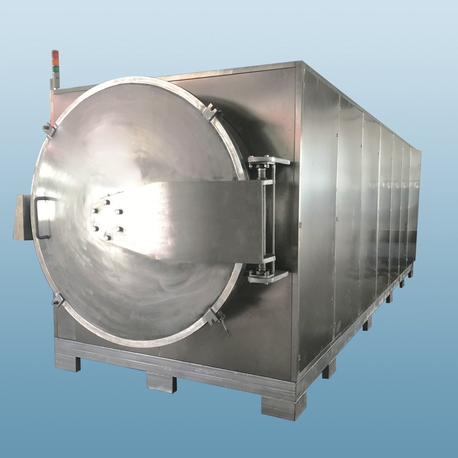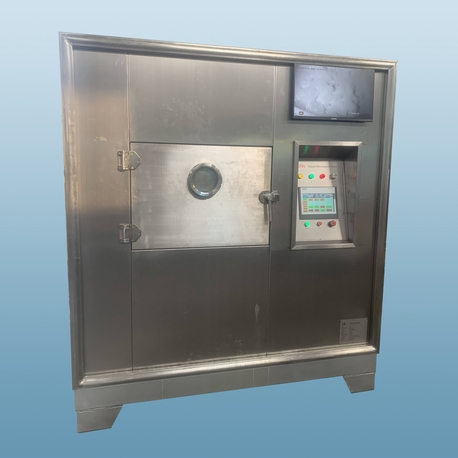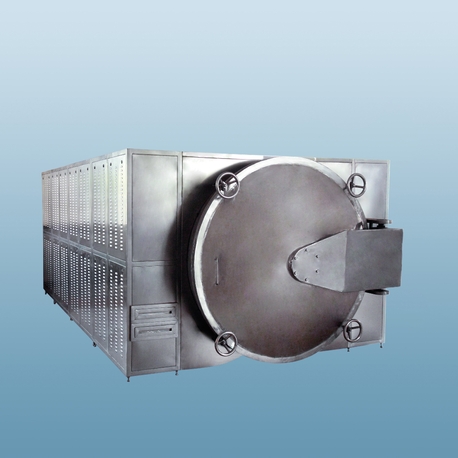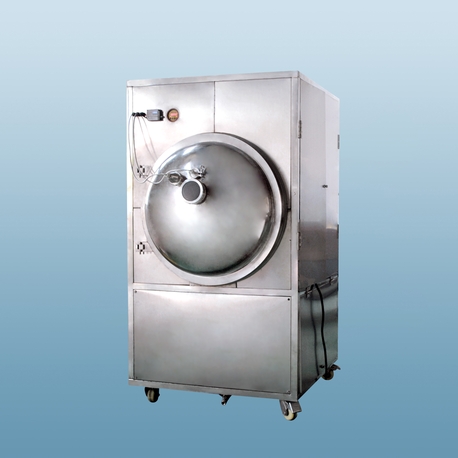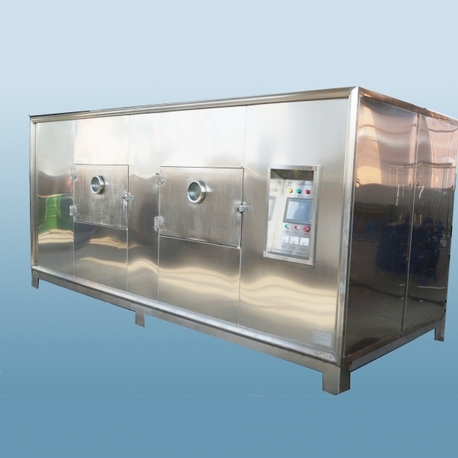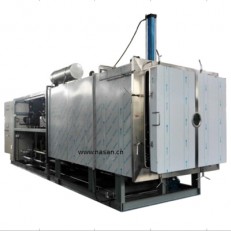If you love beef jerky, you know that the secret to great jerky lies in the drying process. Whether you're a home enthusiast or a commercial producer, the right equipment makes all the difference. A beef jerky dryer is the cornerstone of creating that perfect, shelf-stable, chewy, and flavorful snack. But with so many options on the market—from simple home dehydrator beef jerky units to massive industrial beef jerky dryer systems—how do you choose? This article will guide you through the different types of dryers, what to look for, and common pitfalls to avoid, helping you make an informed decision for your jerky-making needs.
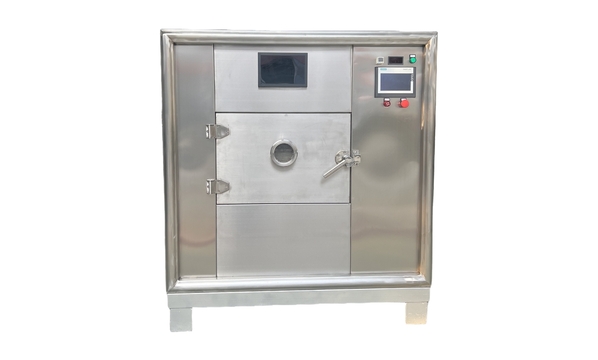
Understanding the Basics: What is a Beef Jerky Dryer?
At its core, a beef jerky dryer is a device that removes moisture from meat. By eliminating water, it prevents the growth of bacteria and spoilage, preserving the meat for long-term storage. The process also concentrates the flavors, resulting in the delicious, protein-packed snack we all enjoy. While traditional methods used the sun or smoke, modern technology offers precise, safe, and efficient appliances. The most common type is a dehydrator, which uses low heat and constant airflow. However, the landscape of drying technology has expanded significantly, offering various methods to achieve the perfect dry.
The Artisan's Touch: Working with a Beef Jerky Dryer Maker
For those looking for a custom solution, engaging with a beef jerky dryer maker can be the perfect route. These are companies or specialists that design and build dryers to specific requirements. This is particularly relevant for businesses that have unique production needs, specific volume outputs, or space constraints that off-the-shelf models can't meet. A reputable beef jerky dryer maker will consider factors like energy efficiency, airflow design, material used (e.g., food-grade stainless steel), and control systems. While this is a more involved and typically more expensive option, it results in a machine tailored precisely to your process, potentially boosting efficiency and product quality.
The Workhorse Appliance: Choosing a Beef Jerky Dryer Machine
For most people, the term beef jerky dryer machine refers to a self-contained unit you can purchase and use. These machines range from small countertop models for home use to large cabinet-style units for small businesses. When evaluating a beef jerky dryer machine, key features to consider include:
Temperature Control: Precise temperature control is non-negotiable. The USDA recommends heating meat to 160°F (71°C) to destroy pathogenic bacteria before the drying process begins. A good dryer allows you to set and maintain this temperature accurately.
Airflow: Even, consistent airflow is what ensures every piece of jerky dries uniformly. Look for machines with a rear-mounted fan that blows air horizontally across all trays, as this is more effective than a bottom-mounted fan that pushes air vertically upwards.
Capacity and Expandability: Consider how much jerky you plan to make at once. Home models may have 4-10 trays, while commercial models can have 20 or more. Some models allow you to add extra trays for increased capacity.
Construction and Ease of Cleaning: Stainless steel interiors are durable, corrosion-resistant, and easy to clean. Plastic trays are common but should be BPA-free and dishwasher safe for convenience.
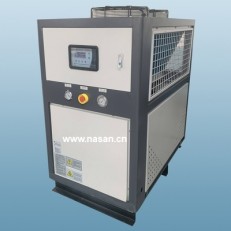
Pursuing Perfection: What Makes the Best Beef Jerky Dryer?
So, what qualifies as the best beef jerky dryer? The answer depends entirely on your needs and budget. The best beef jerky dryer for a weekend hobbyist is not the same as the best for a high-volume producer. However, universal hallmarks of quality include:
Precision: Consistent and accurate temperature control.
Efficiency: Dries jerky evenly without hot or cold spots.
Durability: Built with high-quality materials to last for years.
Ease of Use: Intuitive controls and easy cleaning processes.
Safety: Meets all relevant electrical and food safety standards.
For home users, brands like Excalibur, Nesco, and Cosori are often top contenders. For commercial operations, brands like Harvest Sauc and Afreek offer robust, high-capacity machines.
High-Tech Preservation: The Beef Jerky Freeze Dryer
A beef jerky freeze dryer represents the pinnacle of preservation technology. Instead of using heat, freeze drying (lyophilization) places frozen meat in a vacuum. The frozen water in the meat then sublimates, turning directly from solid ice into vapor without passing through a liquid phase. The result is jerky with a completely different texture—light, crisp, and incredibly porous—that rehydrates almost instantly. It also retains more nutrients and flavor compared to heat drying.
However, a beef jerky freeze dryer is a significant investment. Home units are large, very expensive, and the process is much slower than dehydration. For these reasons, freeze drying is less common for jerky production and is more often used for creating unique snack products or for long-term emergency food storage where maximum shelf life is critical.
The Popular Choice: Using a Standard Dehydrator for Beef Jerky
The most accessible and widespread method for home users is the dehydrator beef jerky approach. A food dehydrator is an affordable and effective appliance designed specifically for drying foods like fruits, vegetables, and herbs—and it excels at making jerky. When we talk about a dehydrator beef jerky setup, we're typically referring to a stackable tray system with a heating element and fan.
The advantages of using a dedicated dehydrator beef jerky are numerous. They are relatively inexpensive, easy to store, simple to operate, and designed for safe food drying. Many come with recipe guides specifically for jerky, taking the guesswork out of the process. For anyone new to making jerky at home, starting with a quality food dehydrator is highly recommended.
Scaling Up: The Power of a Commercial Beef Jerky Dryer
When a hobby turns into a business, a commercial beef jerky dryer becomes essential. These units are designed for higher throughput, greater durability, and often compliance with local health department regulations. A commercial beef jerky dryer typically features:
Higher Capacity: Often 15-30 trays or more to produce large batches.
Robust Construction: Built with commercial-grade stainless steel for longevity and easy sanitation.
Powerful Motors: Designed to run for extended periods without overheating.
Advanced Controls: Digital programmable controls for precise, repeatable results.
These machines represent a significant step up from home dehydrators and are the backbone of many small to medium-sized jerky businesses and butcher shops.
For Maximum Output: The Industrial Beef Jerky Dryer
At the top of the food chain is the industrial beef jerky dryer. These are large-scale systems used by major food manufacturing companies. An industrial beef jerky dryer is not a single appliance but a integrated part of a production line. They can be massive conveyor belt systems or multi-tiered cabinet dryers that handle hundreds of pounds of meat per hour.
Features include fully automated loading and unloading, sophisticated humidity and temperature control systems, energy recovery systems, and detailed data logging for quality control and HACCP (Hazard Analysis Critical Control Point) compliance. The investment here is substantial, justified only by the volume and demands of large-scale production.
Common Problems and Solutions in Beef Jerky Drying
Even with the best equipment, issues can arise. Here are some common problems jerky makers face and how to solve them:
Jerky is Too Dry and Brittle: This is usually caused by too high a temperature or drying for too long. Solution: Reduce the temperature and check for doneness earlier. Jerky should bend and crack but not snap in half.
Jerky is Too Chewy or Moist: This is a safety risk, as under-dried jerky can spoil. Solution: Extend the drying time. Ensure your beef jerky dryer machine is reaching the proper temperature. Verify the jerky has reached a safe internal temperature of 160°F for poultry and 145°F for red meat.
Drying is Uneven: Some pieces are done, others are not. Solution: This is often an airflow issue. Rotate the trays periodically throughout the drying process. Ensure pieces are cut to a uniform thickness and size. Avoid overcrowding the trays.
White Mold or Fat Bloom: After storage, a white substance may appear. While it could be mold (discard the batch), it's often crystallized salt or fat that has risen to the surface ("fat bloom"). Solution: Fat bloom is safe to eat but can be unappetizing. To prevent it, trim all visible fat from the meat before marinating and drying, as fat can become rancid.
Machine is Not Heating Properly: Solution: Check that the unit is plugged in securely and that the outlet is functioning. Ensure the thermostat is set correctly. If problems persist, contact the manufacturer; do not attempt to repair a commercial beef jerky dryer or home unit yourself.
Choosing the right beef jerky dryer is a journey from understanding your own needs. The humble home dehydrator beef jerky setup is a fantastic starting point for any enthusiast. For the aspiring entrepreneur, a commercial beef jerky dryer offers the capacity and durability to build a brand. And for those seeking the ultimate in customization, a beef jerky dryer maker can bring a vision to life. Whether you prioritize the high-tech appeal of a beef jerky freeze dryer or the raw output of an industrial beef jerky dryer, the goal remains the same: producing safe, delicious, and high-quality beef jerky that keeps people coming back for more. By understanding the equipment and its common challenges, you're well on your way to mastering the art and science of jerky making.


